Five Interesting Ways to Use Virtual Fences
By Janyne Little
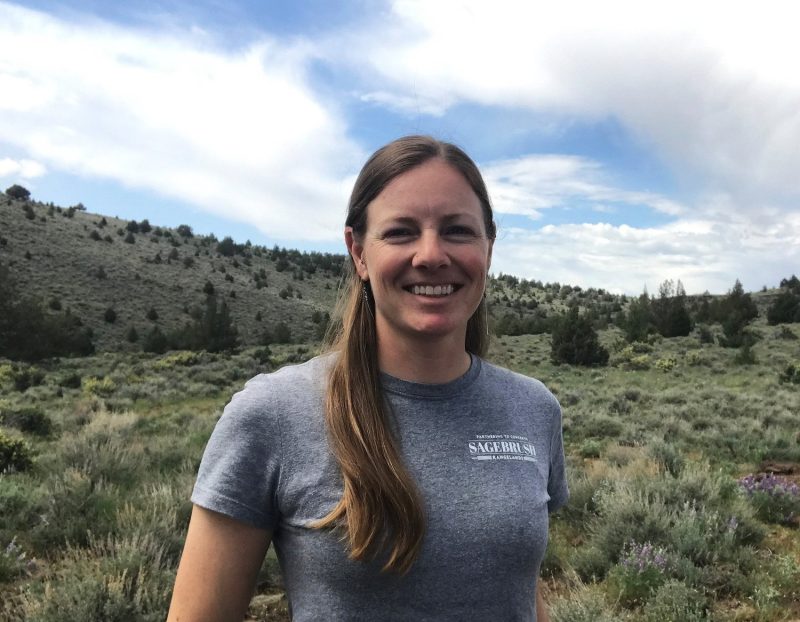 Managing cattle across vast rangelands has long been a complex challenge for ranchers and land managers. Conventional barbed wire fencing methods, while effective, can be costly, labor-intensive, and inflexible to operational and environmental changes. Virtual fencing technology has the potential to provide a more precise, adaptable, and cost-effective tool for livestock management.
Managing cattle across vast rangelands has long been a complex challenge for ranchers and land managers. Conventional barbed wire fencing methods, while effective, can be costly, labor-intensive, and inflexible to operational and environmental changes. Virtual fencing technology has the potential to provide a more precise, adaptable, and cost-effective tool for livestock management.
Sage Capacity Team member Janyne Little, the Project Coordinator for the Buffalo-Skedaddle Sage Grouse Working Group, has worked closely with ranchers as they implement virtual fencing for the first time. Together, they have explored how this innovative tool can support a wide range of grazing management goals. Below are five creative ways this technology can be used to enhance livestock management and landscape stewardship.
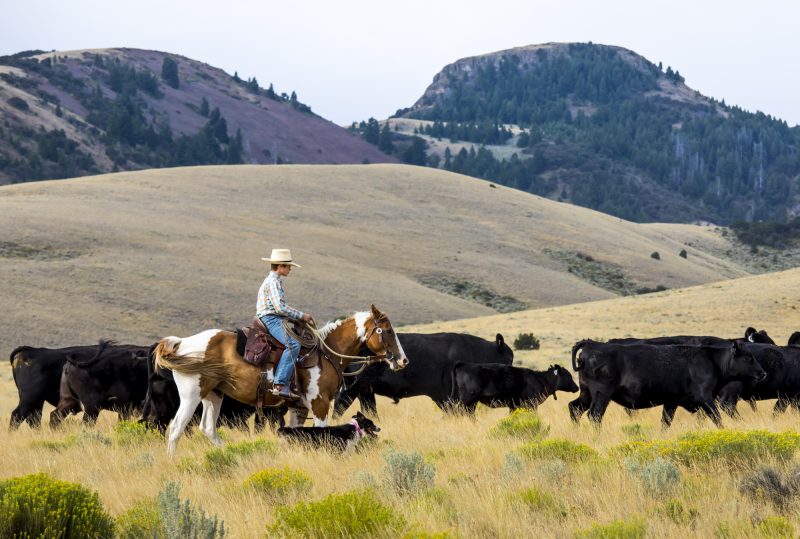
1.Dynamic Grazing Rotation and Precision Grazing: Creating a Firebreak

Cheatgrass is an invasive annual grass species that can increase catastrophic wildfire risk…but can also be targeted for grazing.
Virtual fences provide unmatched flexibility in managing livestock grazing, as they can be easily adjusted or moved with a few clicks of a button. Unlike traditional fences, virtual fences can adapt quickly to changes in producer needs or environmental conditions without the need for costly infrastructure changes. This allows for more effective rotational grazing, which helps prevent overuse of any one area, enhances long-term pasture productivity, and promotes soil heath. In this way, producers can balance livestock management with natural resource stewardship, promoting practices that ensure the long-term health of the landscape and their operation.
Beyond rotational grazing, virtual fences can also be used for precision grazing tasks such as creating firebreaks or controlling invasive species. One way we’ve used this technology in northeast California was to create a fuel break using targeted grazing practices. We used a virtual fence to define a narrow designated area where wildfire-fueling invasive grasses had grown, and contained cattle there. The livestock grazed the small area intensively to reduce the fine fuels, with virtual fences effectively keeping the animals within the designated area. This practice helped enhance the area’s fire prevention and would have been very difficult to accomplish with traditional fencing.
2.Protecting Sensitive Areas: Riparian Exclusion
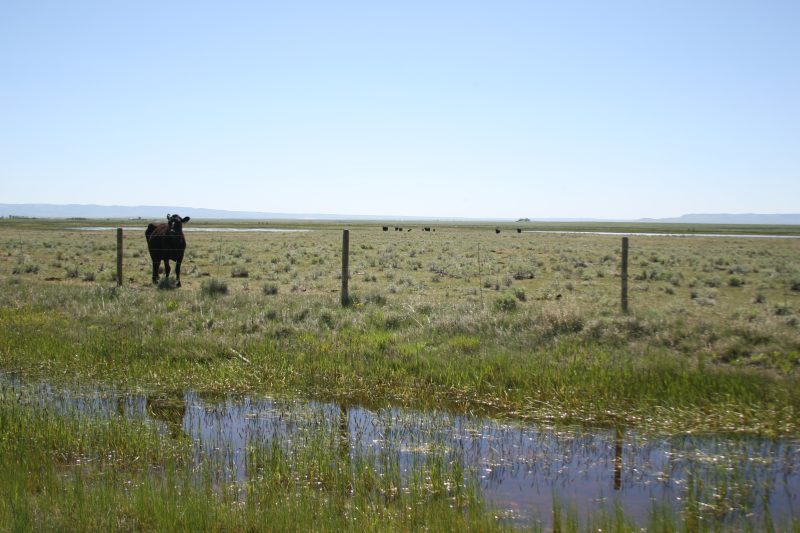
Virtual fences provide an efficient way to protect sensitive ecological areas like springs, wetlands, and riparian zones, or other aspects such as cultural resources. Instead of constructing costly and cumbersome physical barriers, virtual fences can be drawn digitally around these spaces to keep livestock away from fragile vegetation and waterways. This helps reduce the risk of habitat loss and resource degradation, and can also benefit biodiversity. For example, my team used virtual fences to rest a portion of a meadow that had been regularly grazed by livestock for many years, allowing the plants to recover.

A cow wearing a virtual fencing collar. When the cow approaches a virtually defined barrier, the collar applies an auditory or gentle electric stimulus.
3.Adapting to Changing Landscapes: Drought, Fire, and Flood
Virtual fencing is particularly valuable in landscapes that experience frequent change, such as flooding, drought, or wildfire. In landscapes where fires have altered the natural environment, traditional fencing is sometimes destroyed or rendered ineffective. Virtual fences, on the other hand, can be quickly adapted or moved to accommodate shifting conditions. Virtual boundaries can help provide temporary protection to wildfire-affected areas that need time to recover while still allowing livestock to graze unburned areas within a pasture. In a large pasture that was partially affected by wildfire, we used virtual fences to limit grazing within the burned area. Despite the livestock’s attraction to the fresh green grasses in the burned area, the virtual fences effectively kept the animals in a shrubbier, unburned area to protect post-fire growth.
4.Improved Animal Behavior Monitoring
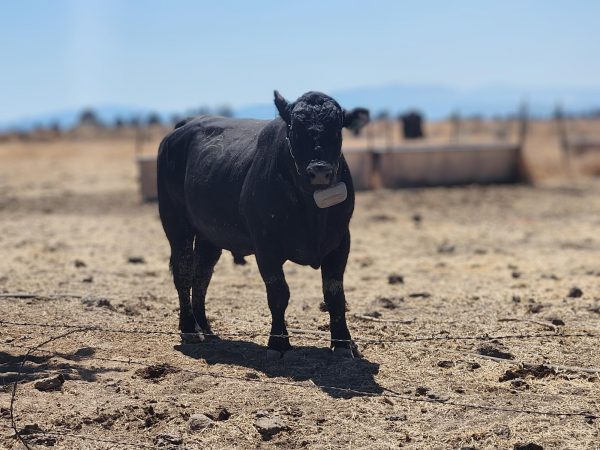
One of the key benefits of virtual fence technology is its ability to provide real-time data on livestock behavior. Virtual fencing companies offer various data types, but all allow producers to monitor and track animal locations through GPS-enabled devices. This data can reveal patterns such as isolation from the herd or sudden changes in movement, which could indicate potential issues. Early detection of problems allows producers to investigate and intervene sooner, improving overall animal welfare. In addition, producers can more easily stay connected to the well-being of their herd, even when they are far away, which provides surprising peace of mind. In our experience with virtual fencing, we were able to quickly recognize potential problems when livestock began to display irregular movement patterns. When a number of cattle breached the virtual fence boundary simultaneously, we knew something wasn’t quite right and set out to check in on them. Sure enough, a visit to the field showed that a pipe had broken and ceased to supply the stock water trough, so the animals had set out in search of water. The water source was quickly repaired and the issue was resolved.
5.Efficient Herd Management
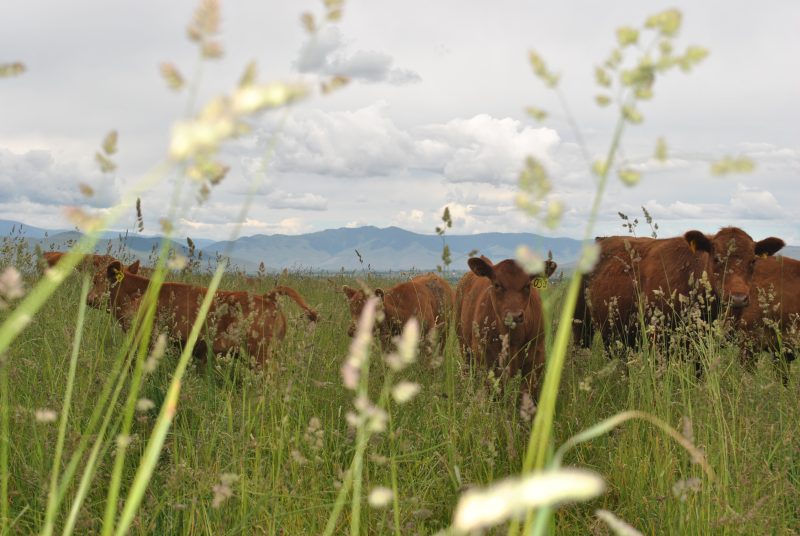
Virtual fencing technology offers numerous ways to streamline operations, saving both time and money. One of the key benefits is its ability to make pasture transitions less labor-intensive through passive herding. Virtual fences are designed to permit one-way passage: Livestock are only given an auditory or electric stimulus when they pass one way through the fence and not the other. This enables wayward cows that have passed out of an enclosure to come back in. But in addition to keeping cattle within a designated area, my team realized that the fences could be used to allow livestock to passively wander into an enclosure. By using a series of one-way virtual fences in this way over time to slowly move their livestock’s location, a producer can save time in transitioning a herd to the next pasture. In addition, the real-time location tracking of each animal makes end-of-season gathering more efficient, eliminating the need for lengthy searches for wayward animals on an open range.
Interested in learning more about virtual fencing? Check out the Rangelands Gateway Virtual Fence User Guide for extensive free online resources presented by the Rangelands Partnership. The IWJV and Partnering to Conserve Sagebrush Rangelands can also put you in touch with local resources on virtual fence implementation opportunities in your area, so contact us! We would love to hear from you.

